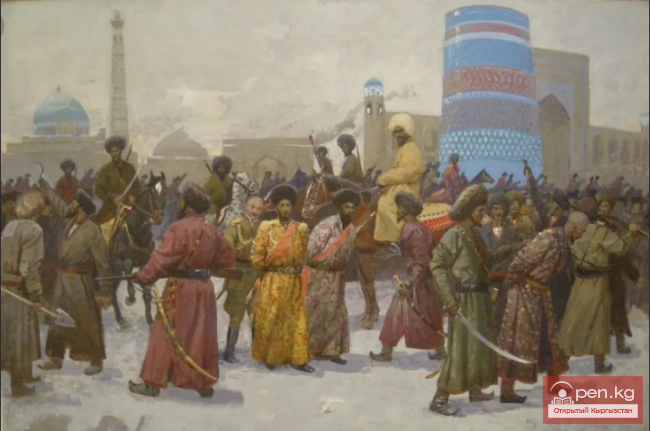
Outcomes of Popular Movements in Central Asia in the 19th Century
The uprisings and revolts that took place in Kyrgyzstan, as well as in Uzbekistan, Tajikistan, and Kazakhstan in the 19th century, had deep socio-economic roots. They were prepared by the entire course of historical development of the region's population during the period in question and stemmed from the socio-economic and political situation that had developed in the region in the 19th century. The historical conditions under which the struggle of the masses for social and national















































